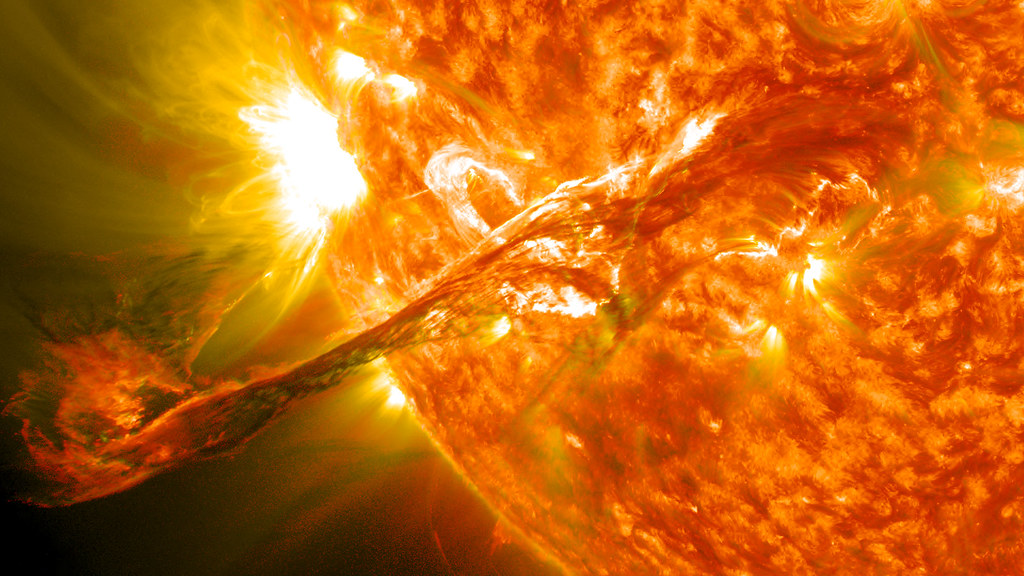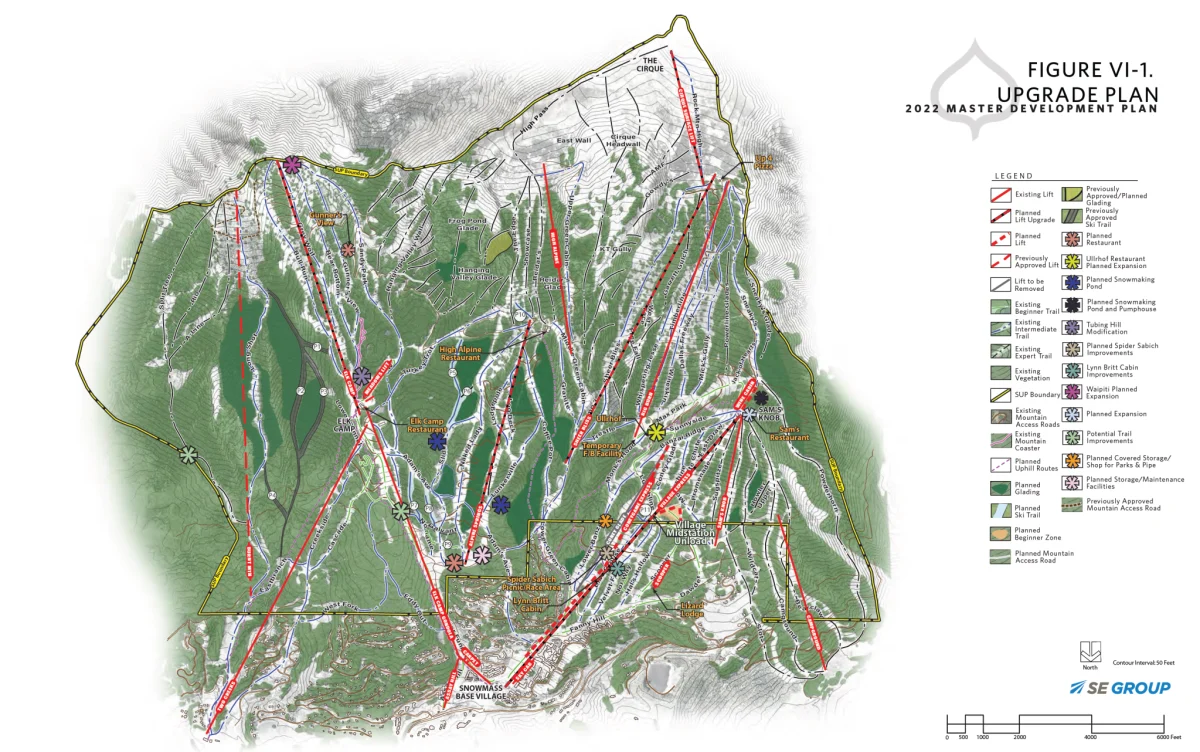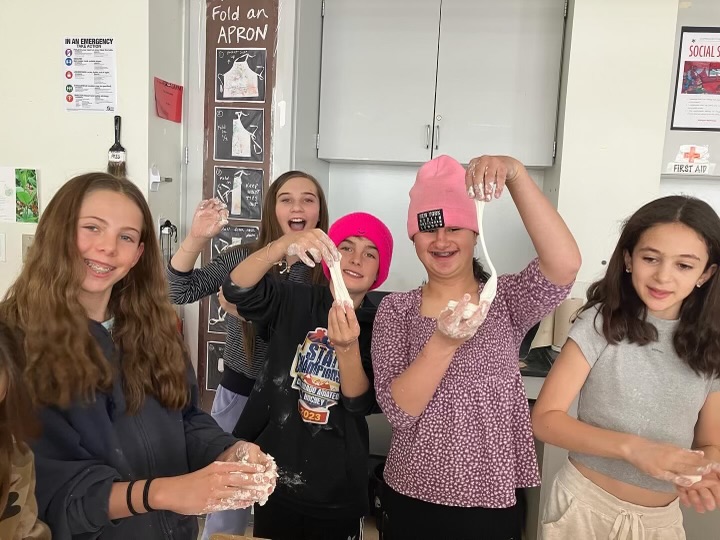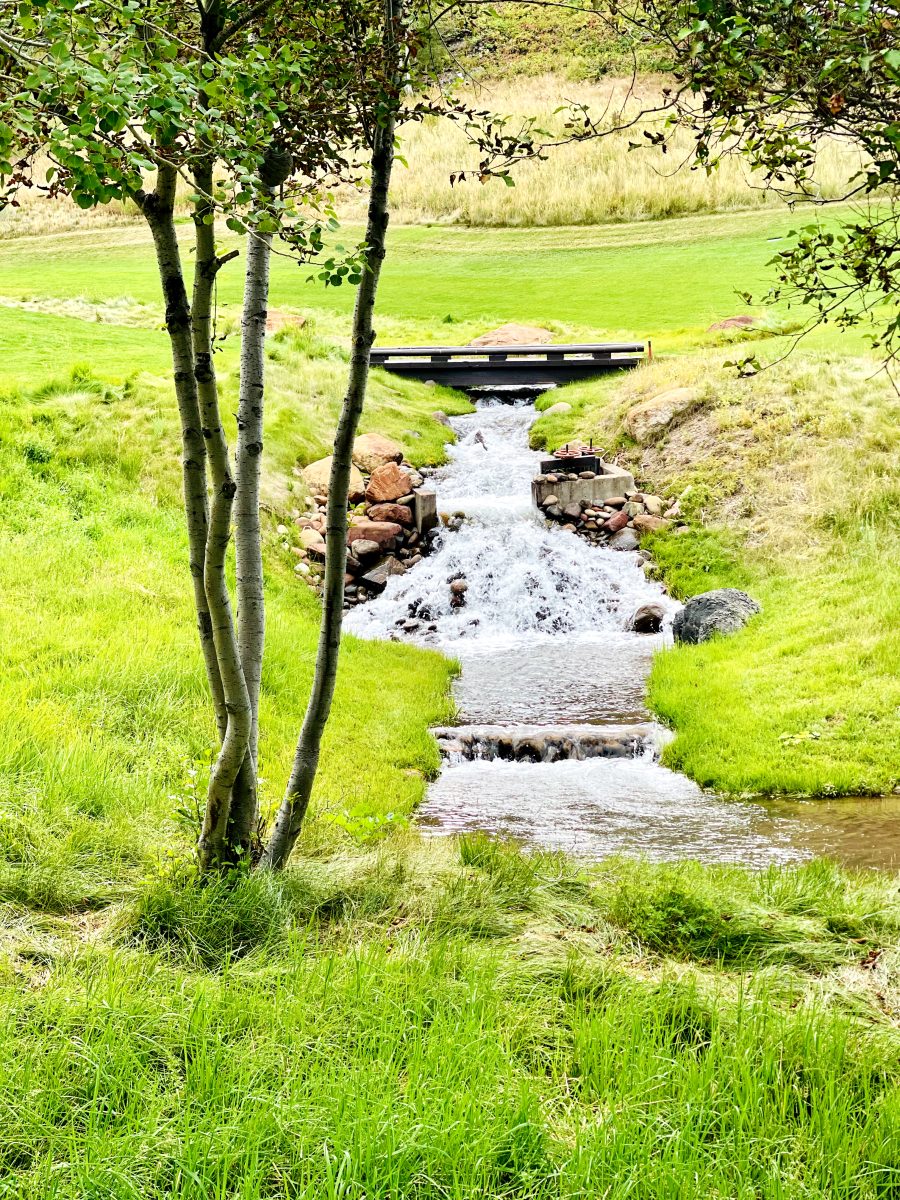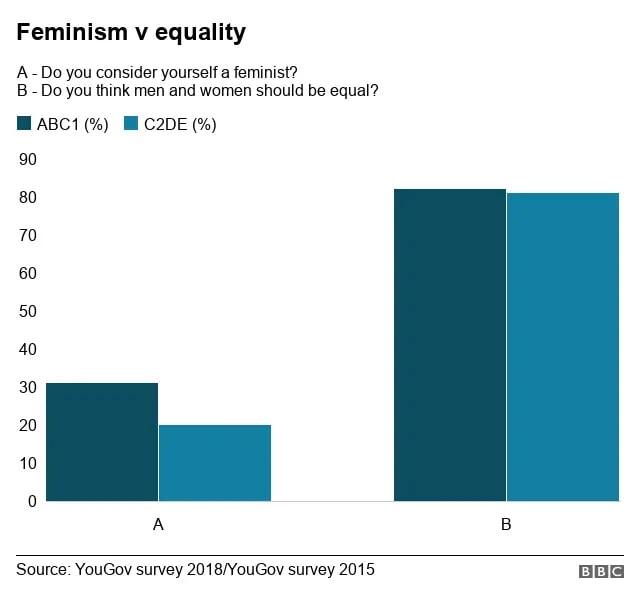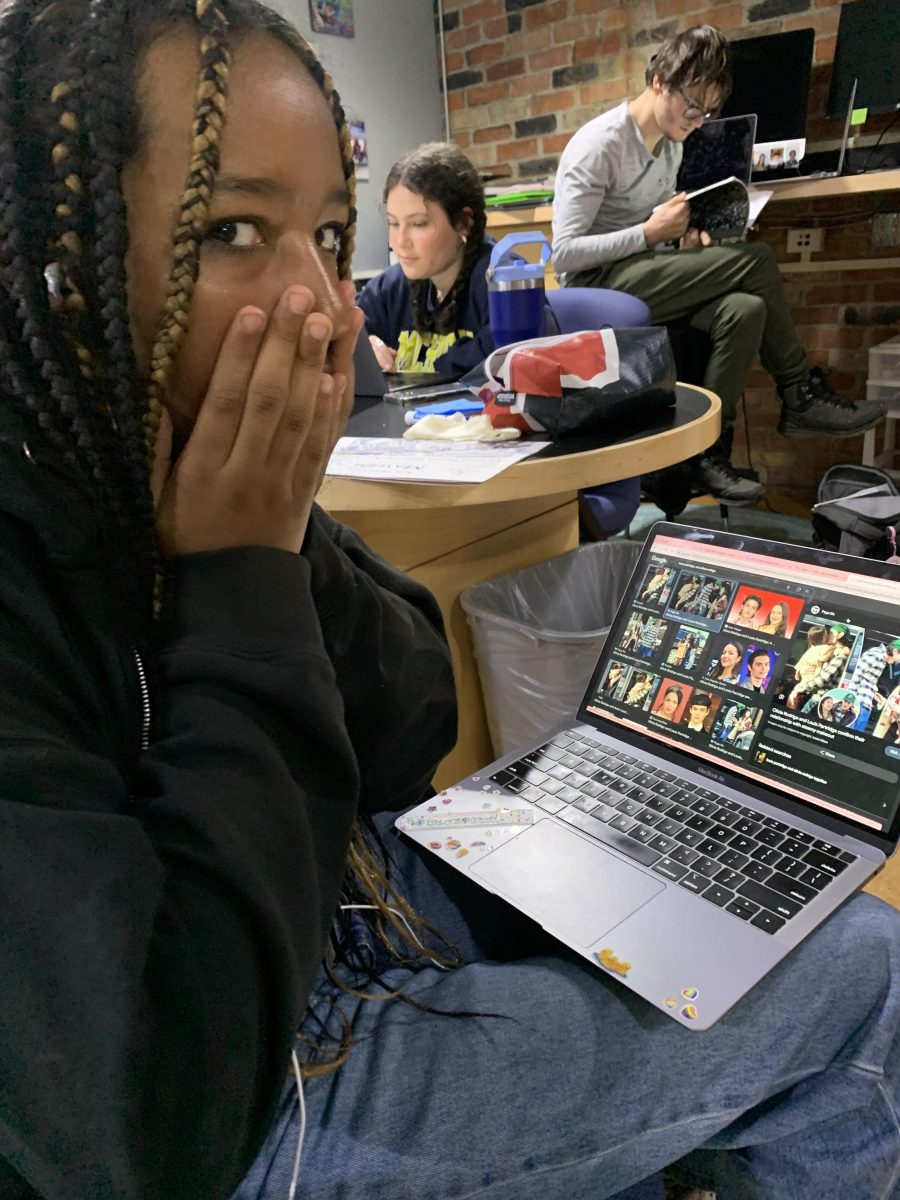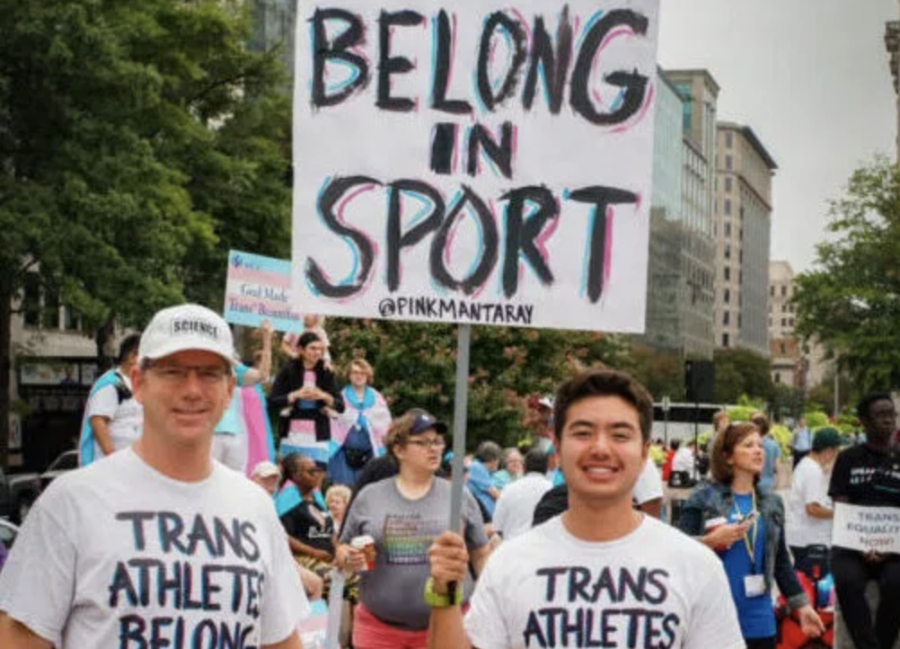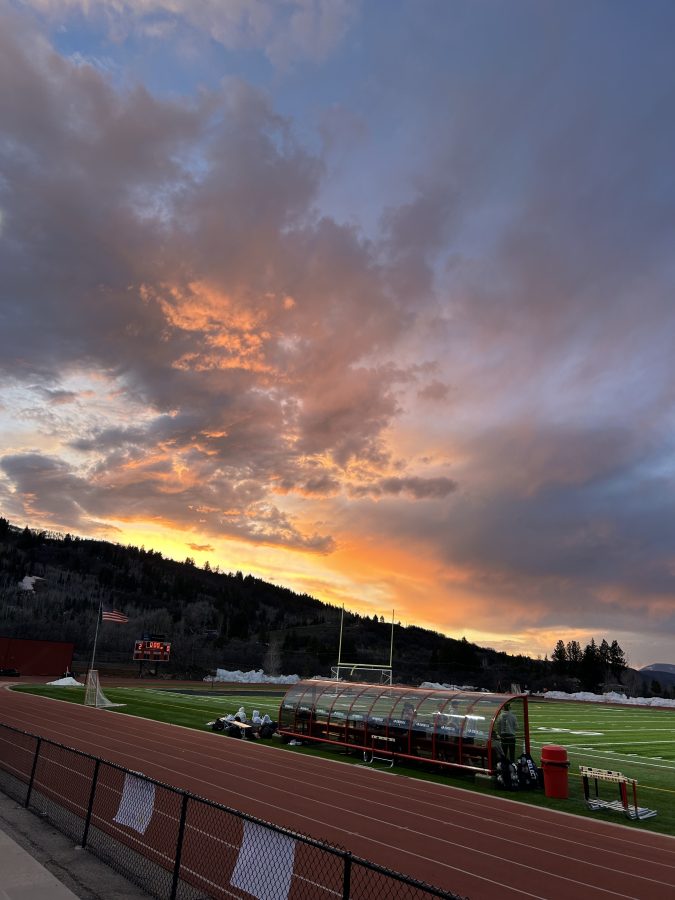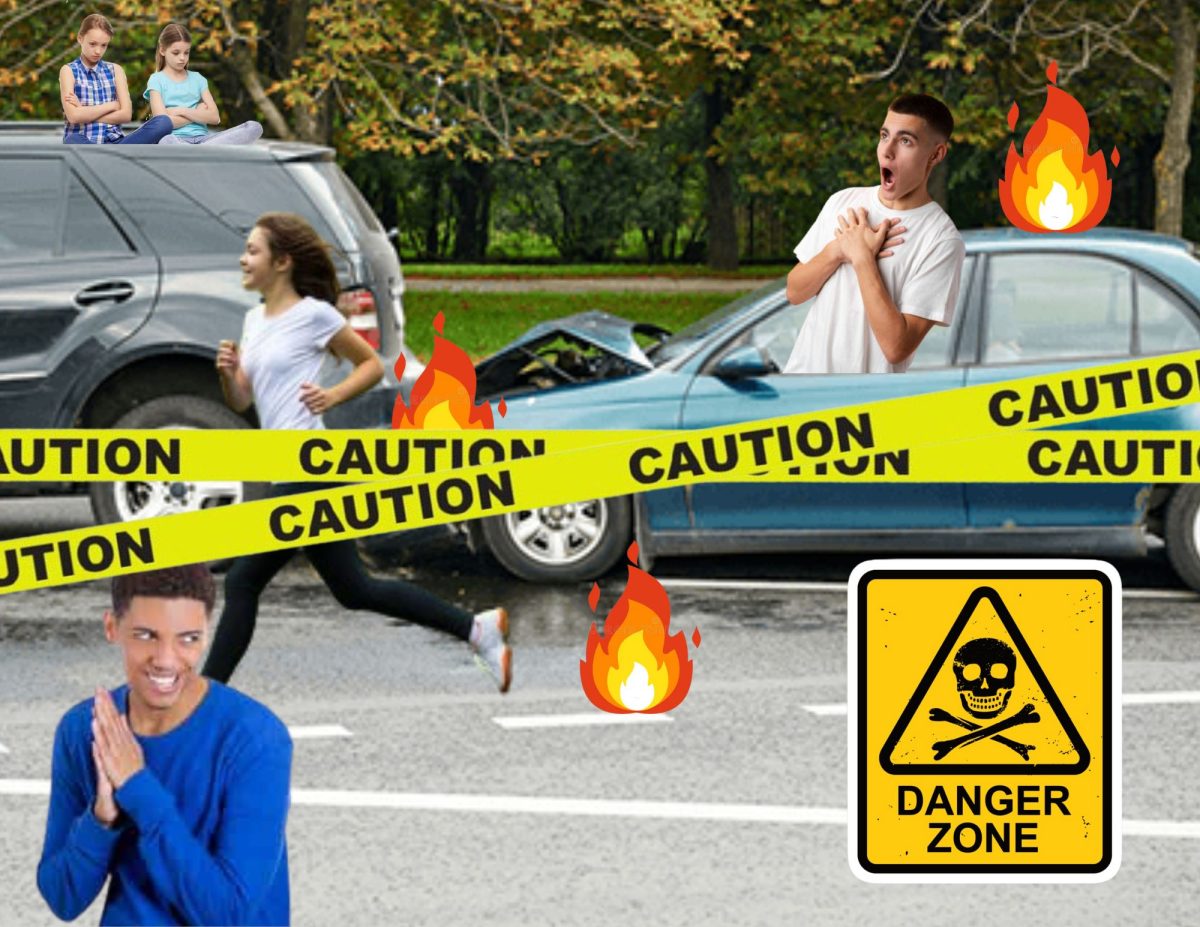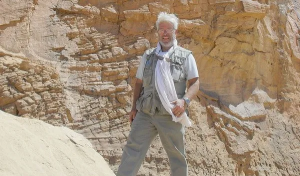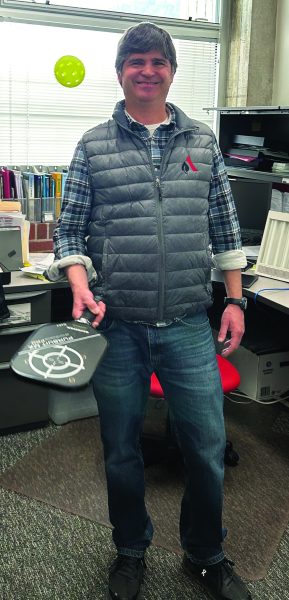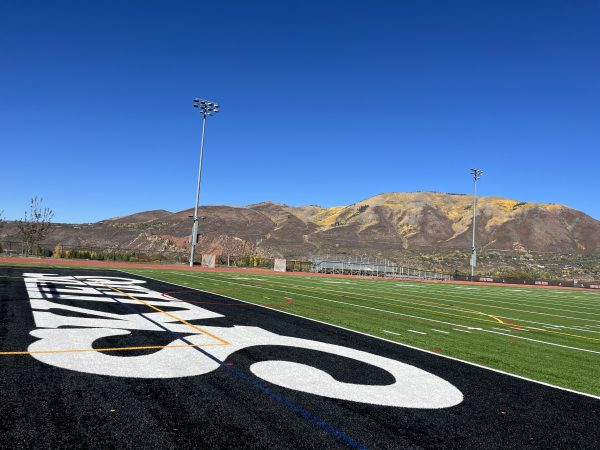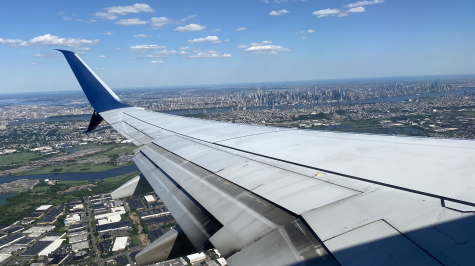Droughts: an interview with Alian Gachet, specialist of underground water and president of RTI
In collaboration with AHS’s IB French Year Two
December 7, 2020
The senior year IB French class learned about environmental problems and solutions to them from the Francophone world. As part of this exploration, students researched specialists and sent them letters asking them questions. We got one response from the world-renowned scientist and innovator, Alain Gachet. Christian Kelly researched him and sent him the letter. As a class we dissected the 4 page response from Alain Gachet and students then packaged his letter into a 500 word interview complete with a biography of Alain Gachet, his questions and snippets of his responses, and then a conclusion based in the context of Aspen.
During these last months in IB French, we have discussed climate change and environmental problems. A specific problem that interested us was droughts–and in one article, we found an expert: Alain Gachet. So, to know more on droughts, we wrote him a letter.
But first, who is Alain Gachet?
Alain Gachet is a viable engineer and defender of the environment and the president of the RTI. He was born in Madagascar in 1951, where he saw many brutal changes in the environment, such as the expansion of farms, a devastated environment, endangered animal and plant species, seas polluted by pesticides and chemical fertilizers, and later the oceans invaded by plastic. For 20 years, he worked as a mining engineer to search for underground oil, but in 2004 when Alain was in Africa he saw populations dying of thirst in Ethiopia, Somalia, Kenya, and Darfur. It was then that he realized he could help humanity by finding water in the foundations of the earth. So, he invented a simple mathematical algorithm combining oil exploration techniques with images from NASA satellites to discover water. He helped 250,000 refugees from Sudan and Chad who were dying of thirst by discovering water, and finally, he founded RTI.
And, after some time, he replied:
In your opinion, what is the best aspect of your job?
“The best aspect of my work is composed of a lot of dimensions but I would summarize it best by putting into action the simple quote by St. Francis of Assissi in my profession:
Do what is necessary,
Do what is possible, and progressively you will understand that
You are doing the impossible.
After 2 years of research work, I was sent on a mission to Tchad in 2004-2005 with the United Nations, during the crisis of Dafour. In 4 months, I found water for the 250,000 refugees from Tchad and Soudan who had been dying of thirst along the border, that is how I suddenly realized that I had managed to do the impossible. Here is a long story to tell you the best aspect of my work is based on the words of St. Francis of Assisi and this approach helped me find water in the world in places destroyed by conflicts.
How can we help prevent droughts?
We can’t prevent droughts which are a climatic phenomenon of large breadth, we can’t fight against climate change, but we can fight with droughts and we can fight with climate change… It is impossible to fight against these large deserts that have been there for millions of years and which owe their existence to particular conditions of the world. But what is possible is to counter or slow down the progression of these dry zones and plant trees to block the sand storms and the progression of dunes, this is done in all countries… And then the trees capture the carbon in the atmosphere, the carbon gas that creates a greenhouse effect and causes all climatic disorders, including drought.
What is the best way to save water?
There are multiple ways to save water but the most important is to protect it from all forms of pollution, to not waste water, to not water the plants in the midday sun but to water them early in the morning and late in the evening with moderation, and mostly to plant trees. One planted tree offers shade for humans, animals, and plants, the shade slows down evaporation of water, a planted tree offers the roots that allow the rain to get into the soil and slow down floods, and they can recharge the water table. And also trees give fruits, drinking water, and materials for our houses and our furniture.
What is the biggest cause of droughts?
It is a very complex question that I have to explain because droughts are fundamentally climatic and can be aggravated by human activities with the excessive production of carbon dioxide in the air. But there exist other parameters that we don’t understand yet, like the cycles of solar flares for example, and which have a definite effect on the climate and the formation of clouds.
So, there is a lot of information to consider – and a lot could be applied to us in Aspen. Forest fires like Grizzly Creek and Pine Gulch could affect the amount of water in the soil, and climate change can increase the chances of droughts here in the future. Water and snow are very important for Aspen: droughts could shorten our ski seasons, and worsen droughts in Utah and Arizona. One could think that droughts are too big for just one person to fix, but I think that Mister Gachet said it best: “never be afraid to ask questions because the answers will fill you imagination and give you the desire to find answers: remember that the solutions of tomorrow exist only in your brain awaiting germination.”

